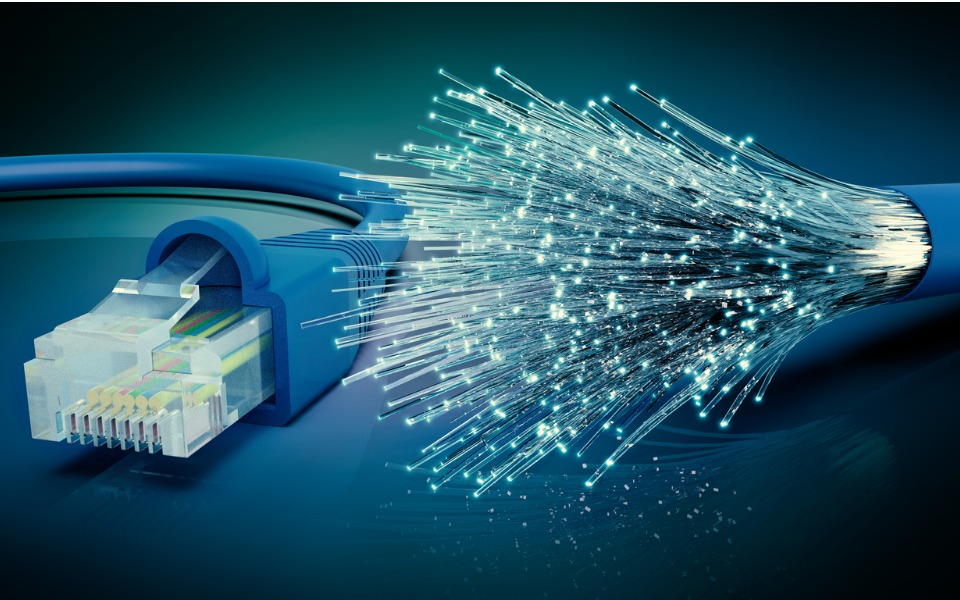
Modi’s promise on high-speed rural connectivity still a mirage
Addressing the people on nation’s 74th Independence Day, Prime Minister Narendra Modi announced that in the next 1,000 days (i.e. by May 2023), nearly 6.5 lakh Indian villages will be connected with optical fibre to get improved connectivity.

Addressing the people on nation’s 74th Independence Day, Prime Minister Narendra Modi announced that in the next 1,000 days (i.e. by May 2023), nearly 6.5 lakh Indian villages will be connected with optical fibre to get improved connectivity.
“In the coming 1,000 days, every village in the country will be connected with optical fibre,” announced the PM, highlighting the role of technology in connecting every citizen.
Big promises, slow on delivery
The announcement sounds big and fantastic, but look into the details and you realise it’s just another Congress’s project – renamed, repackaged and sold as if new.
That aside, the project has been delayed several times in the past seven years and now the Prime Minister wants to push it ahead by another two years – a fifth delay since the time of Manmohan Singh. To add to it, the project outlay has already doubled in six years. Three years further, the cost is certain to escalate further.
Industry experts say China is ahead of us in the technology race by at least 10 years. With the rise in the anti-China rhetoric as a response to India-China standoff at the Galwan Valley, the government, instead of technologically enabling citizens and improving connectivity, has disadvantaged them with repeated delays.
Nearly half the villages in the country have been denied what was due to them six years ago. Now, they may or may not get it in another three years.
As per the Ministry of Communications’ reply in Lok Sabha on the status of the project, the first deadline was in March 2017. Failing to achieve the target, the government pushed it to March 2019. Later it sought extension till August 2021, in an announcement made in February 2020. Six months later, the government has now pushed it by another two years (to May 2023).
In six years, we have covered only 1,42,740 villages with optical fibre. Over one lakh villages still need to be covered.
Inception of the project
The project to spread optical fibre network across rural India kick-started in 2012 during the Manmohan Singh government, which set an ambitious target to provide internet to all the 2.5 lakh gram panchayats by 2014, with a project outlay of ₹20,000 crore.
The government set up Bharat Broadband Network Limited (BBNL), a public sector undertaking for the management and operation of the nationwide optical fibre network project. By then, only two dozen villages were covered under the project as part of the pilot project. The Congress government missed the target first. As per the latest estimate, approved by the cabinet on July 29, 2017, the set outlay to cover all the gram panchayats now stood at ₹42,068 crore.
The Indian Express reported that state-run Bharat Sanchar Nigam Limited (BSNL), for the second time, failed to find bidders for a tender called for maintenance and upkeep of optical fibre cable used in BharatNet phase one. The ban on Chinese equipment and vendors could be one of the reasons, it is said.
The Express report also highlights the fact that with the penetration of mobile internet enabled by private telecom players, there aren’t many takers for the already-laid fibre to provide services from the gram panchayats.
Rural India goes internet-savvy
For the first time in May 2020, the number of rural internet users in India surpassed their urban counterparts. Rural India had 227 million internet users, 10 per cent more than the urban ones. In addition, 70 million children in the age group of 5-11 years are said to be accessing devices of family members. With this, India surpassed 500 million internet users, a count achieved by China in September 2011.
Govt may miss deadline again
The Modi government, which calls this the “world’s largest connectivity project” took six years and three months to cover 1.42 lakh gram panchayats.
Going by this estimate, it will take another 4 years and 8 months to complete the project, i.e, by April 2025. Yet again, the PM’s assurance of providing internet connectivity to all the villages in 1,000 days (May 2023) may not fall in line.

